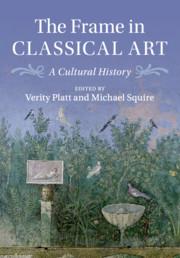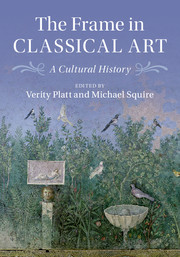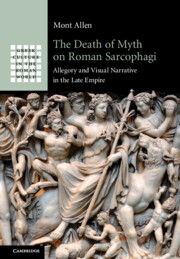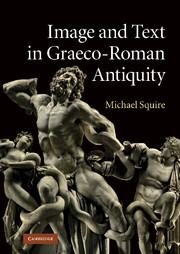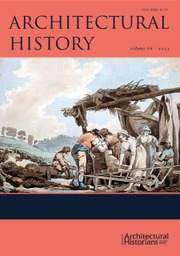Women and Visual Replication in Roman Imperial Art and Culture
Why did Roman portrait statues, famed for their individuality, repeatedly employ the same body forms? The complex issue of the Roman copying of Greek 'originals' has so far been studied primarily from a formal and aesthetic viewpoint. Jennifer Trimble takes a broader perspective, considering archaeological, social historical and economic factors, and examines how these statues were made, bought and seen. To understand how Roman visual replication worked, Trimble focuses on the 'Large Herculaneum Woman' statue type, a draped female body particularly common in the second century CE and surviving in about two hundred examples, to assess how sameness helped to communicate a woman's social identity. She demonstrates how visual replication in the Roman Empire thus emerged as a means of constructing social power and articulating dynamic tensions between empire and individual localities.
- Proposes a new interpretation of visual replication in Roman culture, contextualising the practice in social and economic terms
- Combines art historical, archaeological and social historical perspectives to impart a broader understanding of the role Roman art played in people's lives and shows how sculpture can be used as historical evidence
- Interweaves local and empire-wide developments, setting both regional and empire-wide trends in their historical context
Product details
September 2011Hardback
9780521825153
500 pages
255 × 180 × 28 mm
1.14kg
69 b/w illus. 2 maps
Available
Table of Contents
- Introduction
- 1. Origins
- 2. Production
- 3. Replication
- 4. Portraiture
- 5. Space
- 6. Difference
- 7. Endings
- Appendix. Dating the statues
- Catalogue
- Bibliography.


